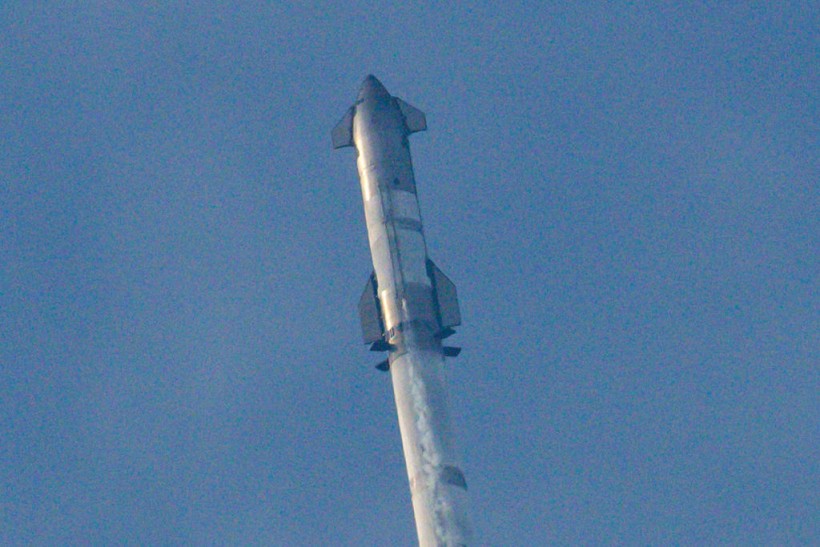Thursday (Mar. 14), SpaceX successfully launched its Starship rocket on its third test flight, signaling progress in the advancement of this ambitious spacecraft.
The launch occurred around 9:25 a.m. ET from SpaceX's Starbase facility near Boca Chica, Texas. During this test flight, Starship achieved a greater distance than in previous trials, sustaining flight for roughly an hour before meeting its conclusion above the Indian Ocean.
Dan Huot, SpaceX's communications manager, acknowledged during the company's webcast that the intended splashdown into the water was regrettably unsuccessful, according to CNBC. Acknowledging the outcome, Huot stated, "We have lost Ship 28," marking a setback in the mission. Nevertheless, the successful launch denotes a significant stride for SpaceX in completing prototype testing and preparing for operational Starship launches.

The SpaceX Starship spacecraft lifts off from Starbase in Boca Chica, Texas, on March 14, 2024. SpaceX on Thursday carried out the third test launch of Starship, the world's most powerful rocket that is vital to NASA's plans for landing astronauts on the Moon and Elon Musk's hopes of eventually colonizing Mars. (Photo : CHANDAN KHANNA/AFP via Getty Images)
Elon Musk Celebrates Successful Test Flight
Earlier in the flight, SpaceX CEO Elon Musk congratulated the team, remarking, "SpaceX has come a long way," via X (formerly Twitter). Notably, the rocket company celebrated its 22nd anniversary on the same day, according to AP News. NASA chief Bill Nelson also commended SpaceX for the successful test flight, expressing enthusiasm for the progress made in space exploration.
Designed for full reusability, the Starship system holds promise as a novel means of transporting cargo and passengers beyond Earth. It plays a pivotal role in NASA's Artemis moon program, with SpaceX entrusted with a multibillion-dollar contract to utilize Starship as a crewed lunar lander.
SpaceX's developmental approach for Starship emphasizes continuous improvement, drawing from insights gleaned from previous flights. This iterative strategy, known as "recursive improvement," aims to realize a fully reusable rocket capable of delivering payloads to the moon and Mars.
Read Also: NASA's Picture of the Day Features a Stunning Portrait of the Cosmic Bird 'Seagull Nebula'
Despite challenges encountered in earlier test flights, SpaceX remains steadfast in advancing Starship technology. Musk has earmarked approximately $2 billion in investment for Starship development in 2023.
Crewed SpaceX Flight Coming Soon?
Standing at an impressive 397 feet when fully assembled on the Super Heavy booster, Starship is the tallest and most powerful rocket ever launched. Equipped with 33 Raptor engines, the booster provides the initial thrust for the rocket's ascent.
The Starship, measuring 165 feet tall and powered by liquid oxygen and liquid methane, features six Raptor engines. The rocket system requires over 10 million pounds of propellant for launch. While no crew participated in this flight test, SpaceX anticipates conducting numerous missions with the Starship before considering crewed flights.
TechTimes previously reported that the third SpaceX test flight aimed to leverage prior flight insights while pursuing several ambitious objectives, including executing successful ascent burns for both stages, operating and closing Starship's payload door, and demonstrating propellant transfer during the upper stage's coast phase.
The latest SpaceX flight highlights the firm's dedication to creativity and ground-breaking advancements in space exploration as it continues efforts to establish a fully reusable space transportation system.
Related Article: Biden's NASA FY 2025 Budget Supports US Moon Mission, Climate Leadership










